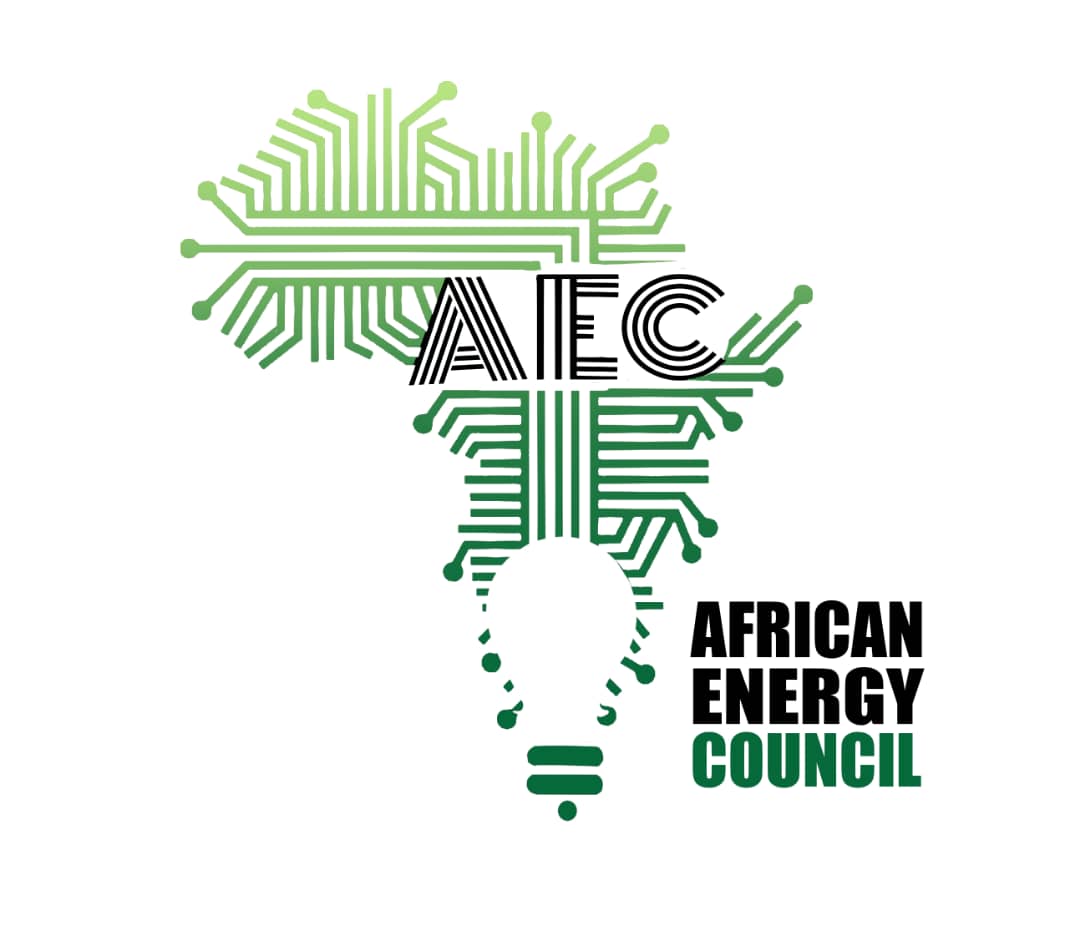Liquefied petroleum gas (LPG) emerges as a highly attractive and viable clean cooking solution, with over 900 million Africans using biomass fuel and kerosene for cooking.
While still a fossil fuel, LPG burns more efficiently and produces fewer carbon emissions than wood, charcoal, or kerosene. The fuel is both easy to store and transport, as well as able to meet Africa’s clean cooking needs reliably and at scale.
East Africa is one region embracing this solution, with several governments adopting policy measures to scale the use of LPG and increase its accessibility and affordability.
The role of LPG in meeting regional energy demand will be a vital focus of the upcoming Invest in African Energy (IAE) forum in Paris, set to showcase opportunities in driving LPG uptake across East Africa, expanding the current distribution network, particularly in rural areas, and developing new financing schemes to offset high upfront costs for LPG equipment.
“IAE 2024 is an exclusive forum designed to facilitate investment between African energy markets and global investors. Taking place May 14–15, 2024, in Paris, the event offers delegates two days of intensive engagement with industry experts, project developers, investors, and policymakers,” the African continent’s leading investment platform.
As a key demand growth market, Kenya is seeking to overhaul its LPG sector, with the government implementing reforms to eliminate taxes on locally manufactured cylinders and LPG products, as well as expand pipe infrastructure for the delivery of cooking gas to households.
Last December, Tanzanian LPG distributor Taifa Gas launched the construction of a $130 million, 30,000-metric-tonne LPG storage facility at the Dongo Kundu Special Economic Zone in Mombasa.
As Kenya’s import capacity is expected to surpass its domestic consumption, the country could become a regional import hub as it diversifies its LPG supplies and brings new storage capacity online.
Neighbouring Tanzania has also emerged as a regional leader in LPG distribution, owing to its strategic location on the Indian Ocean and flagship Kigamboni LPG Terminal, which imports LPG from the Middle East and delivers it by truck to the broader region.
Last November, the country launched its first compressed natural gas filling station and conversion centre in Dar es Salaam, developed by TAQA Dalbit, a joint venture between TAQA Arabia and JCG Oil & Gas.
Meanwhile, Taifa Gas, in partnership with Zambia’s Delta Marimba, is constructing a $100 million LPG facility in northern Zambia to generate clean cooking gas and supply 100 MW to Zambia’s grids.
Seeking to reduce costly imports, Uganda’s Ministry of Energy and Mineral Development recently announced plans to start domestic production of LPG by 2025.
The country is currently developing an LPG facility in Buliisa District and aims to process associated gas from upcoming oil production into LPG.
Uganda’s Tilenga and Kingfisher oil fields, currently under development, are expected to produce 80 metric tonnes and 20 metric tonnes of LPG, respectively, while the country only consumes around 20 metric tonnes annually.
As a result, Uganda is targeting LPG exports to the East African region. Last January, Uganda issued a five-year licence to China National Offshore Oil Corporation, operator of the Kingfisher field, to construct an LPG facility near the Lake Albert Development.
With more developments underway, including the launch of construction of LPG storage facilities in Kigali, the East African region shows no signs of slowing down its LPG expansion plans.
The sub-sector presents a critical opportunity for global investors and partners to actively engage in driving distribution, transport, and storage capacities across the region, given the significant unmet demand for clean cooking access.

